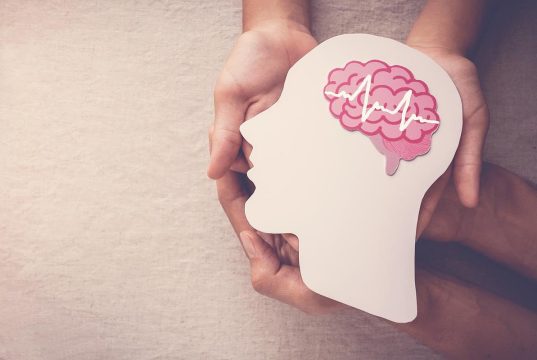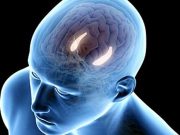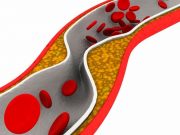Two-Thirds of U.S. Adults Have Recommended Stroke Knowledge
Considerable difference in stroke knowledge found by race, Hispanic origin, with highest prevalence among non-Hispanic Whites
~65 Percent of Office-Based Doctors Can ID Patients in Need of Follow-Up
More primary care physicians and those with an EHR system have computerized capability to ID patients due for preventive, follow-up care
Deep-Learning Algorithm Helps Radiologists ID Cerebral Aneurysm
Overall performance of radiologists was 0.01 higher in terms of AUC with aid of algorithm
CDC: 20.4 Percent of U.S. Adults Had Chronic Pain in 2019
Chronic pain and high-impact chronic pain higher among women, adults ages 65 years and older
Major Neurological Disorders on the Rise in the United States
Burden increasing largely due to aging of the U.S. population
Cognitive Disorders More Common in People Admitted for COVID-19
Genetic variations may put some individuals at higher risk for severe infection
Incidence of Cerebrovascular Disease Quantified in COVID-19
1.4 percent of patients with COVID-19 have acute cerebrovascular disease, most often acute ischemic stroke
Many U.S. Young Adults Not Aware of Stroke Symptoms
28.9 percent of young adults not aware of all five stroke symptoms; 2.7 percent not aware of any
Decrease Seen in Non-COVID-19-Related Hospitalizations at Peak
Caseload of common medical emergencies, including acute MI, ischemic stroke also decreased
Air Pollution Tied to Neurological Disorders in Seniors
Higher fine particulate matter tied to higher risk for Parkinson disease, Alzheimer disease



















